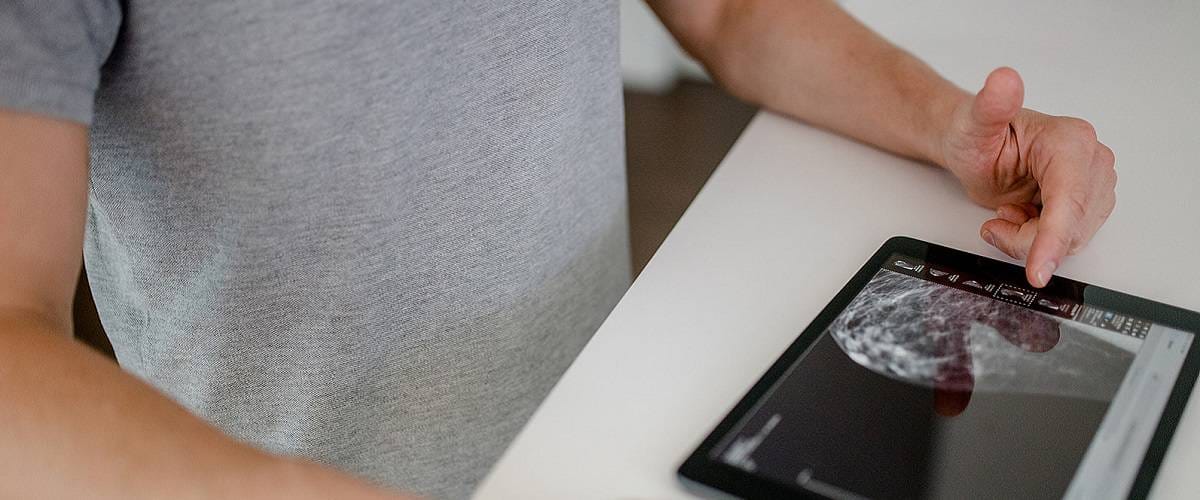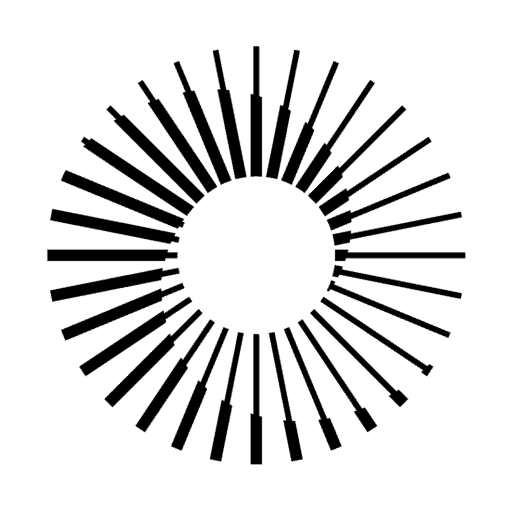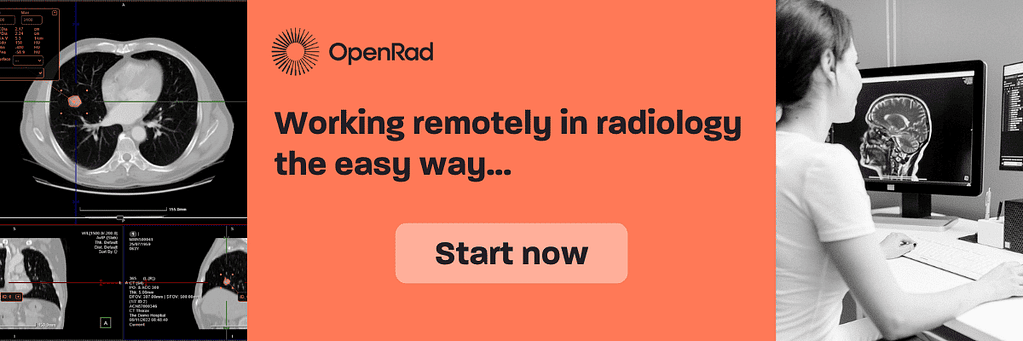A thin client solution in PACS (Picture Archiving & Communication System) refers to an architecture where the image viewing and processing tasks are performed on a centralised server, and the end-user devices access and display the images through lightweight software applications. Learn more.
📖 Author: Emmanuel Anyanwu | Alberta Health Services, Canada
In a thin client setup, the client devices do not store or process the medical images locally. Instead they rely on the server to handle these tasks. PACS is a technology used in the medical field to store, retrieve, distribute, and manage medical images, such as X-rays, MRIs, CT scans, and ultrasound images.
The importance of a thin client solution in PACS lies in its numerous benefits and advantages for healthcare organisations, medical professionals, and patients alike.
How a thin client solution works in PACS
- Centralised server: The PACS system stores and manages the medical images in a centralised server. This server has high processing power and large storage capacity to handle the demands of medical image archiving and retrieval.
- Thin client applications: Instead of having resource-intense image viewing and processing software installed locally on individual client devices, thin client applications are used. These are lightweight and typically web-based applications, which means they can be accessed through standard web browsers or dedicated software clients.
- Image rendering: When a user accesses the PACS through a thin client application, the image rendering and processing tasks are performed on the centralised server. The server processes the medical images and sends the image data to the thin client application for display.
- User interaction: The user can interact with the images, such as zooming, panning, measuring, and annotating, through the thin client application. The interactions are transmitted back to the server, which updates the displayed images accordingly.
- No local image storage: In a thin client solution, the client devices do not store the medical images locally. Instead they act as “dumb terminals” relying on the server for image processing and storage. This minimises the risk of data loss or security breaches on the client side.
Advantages
A thin client solution offers a range of significant advantages that revolutionise how medical images are accessed, viewed, and managed.
By centralising image processing and storage on a high-performance server, thin client solutions enhance accessibility—enabling medical professionals to securely access patient images from diverse devices, facilitating remote consultations, and expediting decision-making.
Here are some benefits of this solution:
- Reduced hardware requirements: Thin clients require minimal hardware resources since most processing is done on the server side. This leads to cost savings and simplified IT management.
- Enhanced security: With images stored centrally and no local storage on client devices, the risk of sensitive medical data being compromised due to theft or loss of devices is reduced.
- Centralised data management: All medical images are stored and managed on the server, streamlining data storage and backup procedures, and making it easier to maintain and access the images.
- Improved accessibility: Thin client solutions enable access to PACS from a wide range of devices, including older or low-powered machines, tablets, and smartphones, if they can run the lightweight client application.
- Consistent image quality: Image rendering quality remains consistent across different client devices since image processing occurs on the server.
- Faster updates & upgrades: Implementing changes or updates to the PACS system can be performed centrally on the server, eliminating the need to update each individual client’s device.
What does it improve?
Thin client solutions in PACS significantly improve medical image management, access efficiency, and flexibility.
They enhance collaboration among medical professionals by allowing them to view and discuss images from any location with internet access. Additionally, it simplifies the deployment of PACS across healthcare facilities, making it easier for organisations to scale and adapt their imaging infrastructure.
From an IT perspective, the thin client solution reduces the burden of managing individual client devices, as most image processing and storage tasks are handled centrally on the server.
This simplifies software updates, data backups, and security measures, making the IT infrastructure more manageable and cost-effective.
Overall, a thin client solution in PACS offers a robust, secure, and efficient method of accessing and managing medical images—supporting better collaboration and patient care while minimising hardware and IT management complexities.
—
Do you already work with thin client solutions? Share your experience via the comment section below.
Want to join a great team? Check out our careers section. We are always looking for outstanding talent—from application specialist to software developers.
📷 Photo credits: daniela-mueller.com


